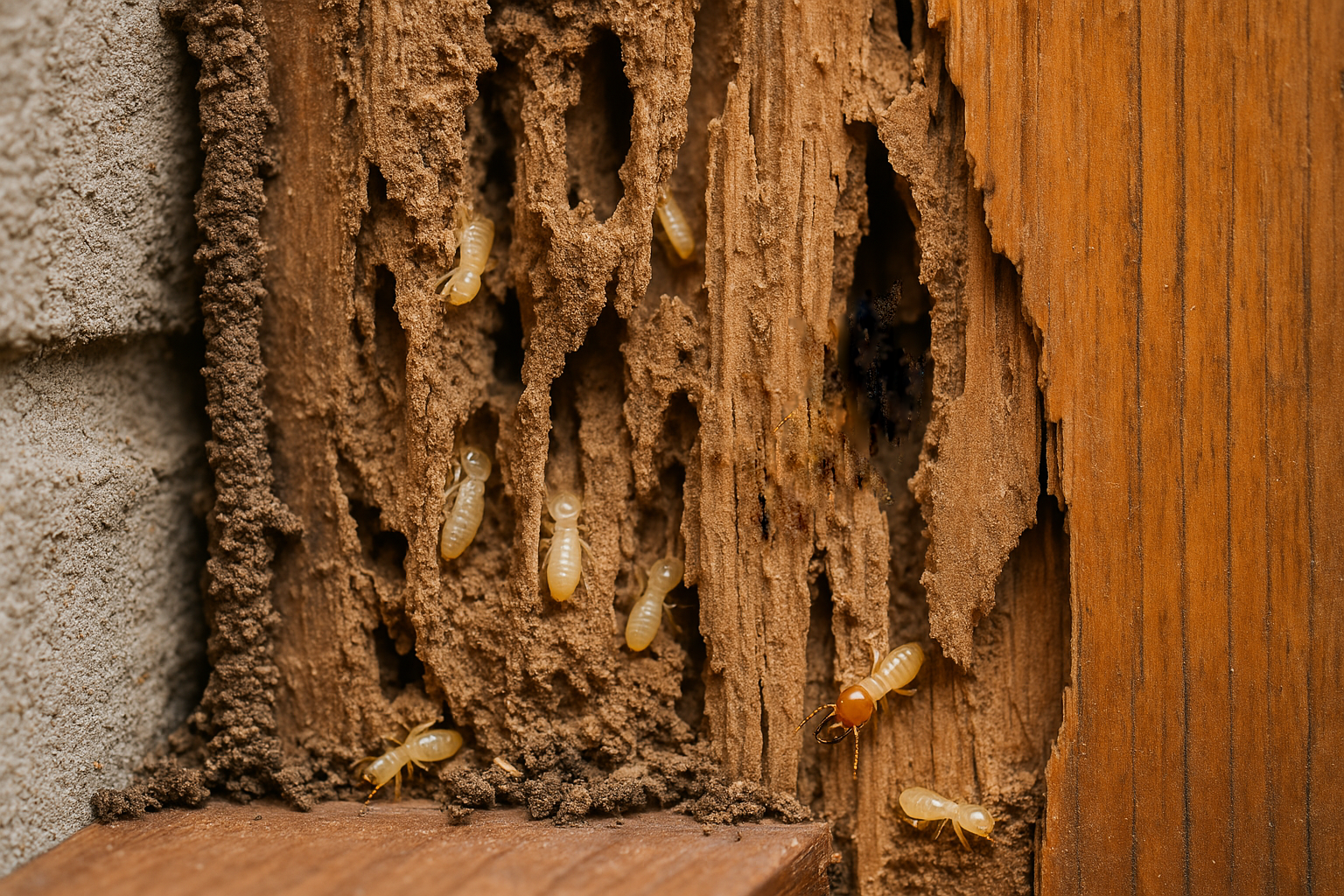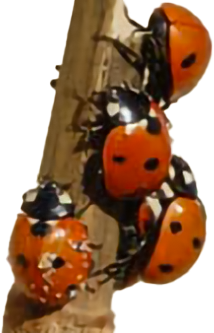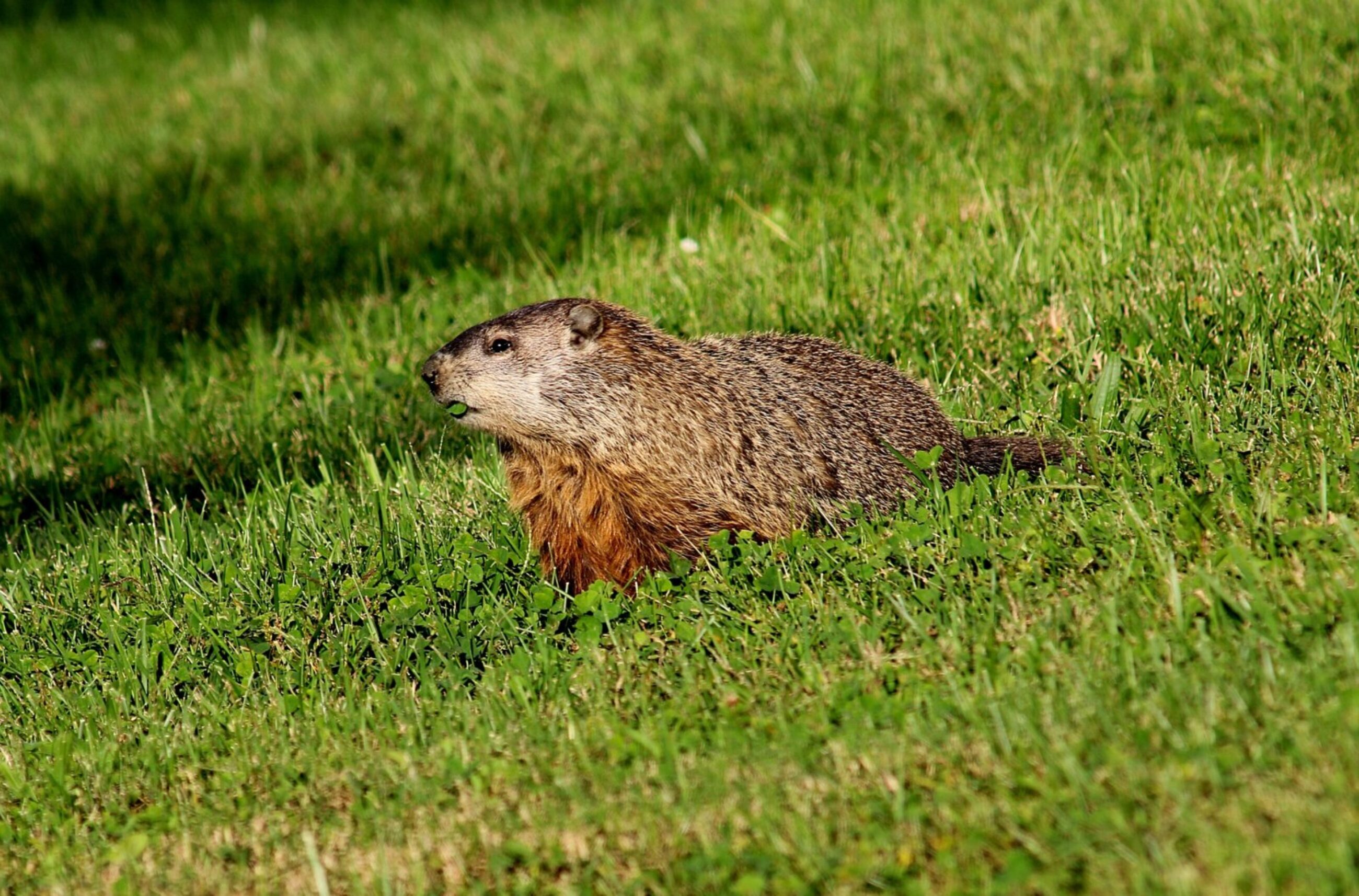You can call them woodchucks or groundhogs but it isn’t going to change the fact that the presence of these animals is going to create problems and bring disaster to your gardens. Anyone who ignores the signs of the presence of woodchucks on their property are asking for trouble and creating a sure guarantee for disaster.
While woodchucks prefer the dry soils of open woodlands, farmlands, and field edges, they have also been known to adapt to a more urban environment and have been found living in city parks, golf courses, and gardens. Burrows suddenly becoming visible are perhaps the most common indicator of woodchucks moving into the area. These burrows can be spotted in fields, along fencerows and stone walls, alongside foundations, and even at the base of trees. These burrows can be up to five feet deep and more than sixty feet long. These multipurpose burrows are used for winter hibernation, mating in the spring, and raising their young until around the first or second week of July at which time they are removed from the burrow and learn to survive on their own.
To minimize the damage that woodchucks can cause is also a mistake. Their affinity for flowers and vegetables can cause extensive damage to gardens, nurseries, and orchards. Farmers have experienced damage to soybeans, alfalfa, and other such crops. Woodchuck burrows have also caused safety issues with livestock stepping into woodchuck holes. These woodchuck burrows going under driveways have caused drives and parking lots to collapse or cave in. Woodchucks are also known to transport ticks and fleas, and they will fight with dogs.
Continue Reading

Termites in Minnesota?
Rare but Not Impossible — What Homeowners Should Know Termites are often thought of as a warm-climate pest, so many Minnesotans assume “we don’t get termites here.” That’s mostly true…

Sure Fire Ways To Stop A Bed Bug Invasion
Fall means cooler weather, busier schedules, and kids heading back to school. For parents, it’s also a time to be extra vigilant about bed bugs. These pests are expert hitchhikers,…

Asian Lady Beetles Are Invasive: What You Need to Do Now
When fall arrives in Minnesota, multi-colored Asian lady beetles swarm homes, looking for warm places to spend the winter. Learn how these invasive pests differ from native ladybugs, why they’re a problem, and the best ways to keep them out of your home.

